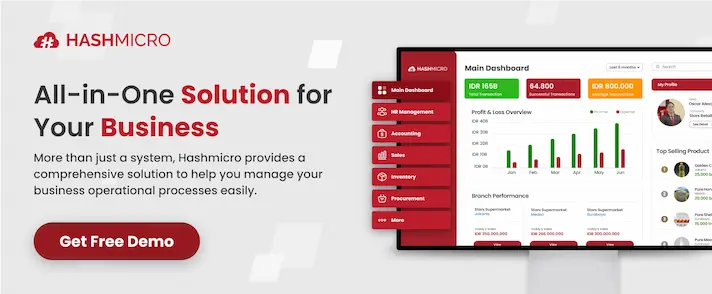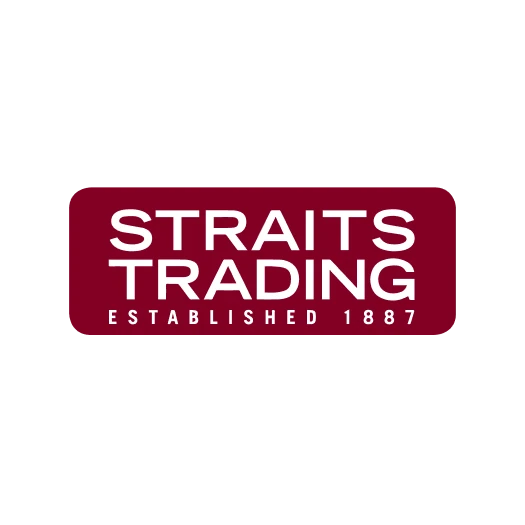Imagine a construction site where work stops simply because the right materials are not available on time. This is a common yet avoidable scenario that can derail projects and inflate costs.
For managers and executives, the lack of a clear material requisition process often leads to miscommunication, stock discrepancies, and financial leakages. Without proper controls, projects risk unnecessary delays and reduced profitability.
Singapore Institute of Purchasing and Materials Management (SIPMM) stated that adopting structured requisition and procurement processes is essential to maintaining construction efficiency. Their research shows that disciplined material management reduces waste and strengthens project outcomes.
This article will walk you through what a material requisition is, why it matters, and how to implement best practices effectively. Read on to discover how a simple process can bring greater accountability and smoother operations to your projects.

Key Takeaways
|
What is a Material Requisition?
A material requisition or material requisition form is an official request for the raw materials needed to complete a work order. It is automatically generated when stock items are added and must be validated by the storeman before approval.
This document authorises the use of materials and updates records, such as the bin card and stores ledger. By doing so, it helps track direct and indirect materials consumed, ensuring smooth production and accurate cost control.
In practice, the production manager fills out the form, which the materials manager approves before releasing items to the production floor. Copies are kept by the requester, warehouse staff, and attached to the goods, while missing items trigger a purchase requisition.
What is the Purpose of a Material Requisition?
The main purpose of a material requisition form is to bring structure and accountability to how materials are requested and used in construction projects. Instead of relying on informal requests, it creates a documented process that ensures every step is traceable and controlled.
- Authorisation: No material leaves the warehouse without approval, which prevents misuse and ensures responsibility lies with the right person. This safeguard strengthens internal control and builds trust in the process.
- Inventory accuracy: Each requisition updates stock records like the bin card and stores ledger, giving managers a clear picture of current inventory. With accurate data, they can plan material needs and avoid unnecessary stock issues.
- Project continuity: By requesting materials in advance, teams secure the right items at the right time. This proactive step keeps production running smoothly and prevents delays on-site.
- Cost allocation: A requisition form documents both direct and indirect material usage, linking costs to specific jobs or cost centres. This ensures financial transparency and supports more accurate budgeting and cost control.
- Procurement planning: When stock runs low, the requisition automatically triggers a purchase request. This mechanism helps companies replenish materials on time and avoid costly last-minute shortages.
- Communication: The form acts as a common channel between site teams, warehouse staff, and procurement departments. With everyone sharing the same document trail, collaboration becomes clearer and more efficient.
Example of a Material Requisition Form
A material requisition form typically serves three key purposes: to pick items from stock, update inventory records, and assign costs to the correct job. It may also be used to trigger new orders if certain items are out of stock, ensuring there is no disruption to ongoing work.
For instance, imagine a contractor receiving steel bars and cement at their warehouse for a high-rise project. Upon delivery, the storeman completes the requisition form, creating an audit trail that documents when materials were received and later moved to the production floor.
When the site team requests more cement for concreting, they submit a material requisition form to the warehouse. This process not only tracks when the goods are issued but also provides managers with the data needed to decide whether to restock immediately or delay purchases.
If managers notice materials sitting idle in storage for months, they can scale down future orders, while fast-moving items may prompt larger bulk purchases for cost savings. In either case, the form also helps allocate costs to goods in process, giving companies a clearer view of expenses and profitability.
Best Practices for Material Requisition in Construction
Implementing a material requisition form effectively is not just about requesting items, but about building a system that keeps projects on track. To achieve this, here are the best practices for material requisition in construction that every company should follow.
- Control approvals: Limit approval rights to designated roles, such as the project manager and site engineer. Ensure approvals follow a set sequence and are recorded in the requisition system before materials are issued.
- Standardise procedures: Create one unified process for drafting, submitting, and approving every material requisition form. Train all project teams to follow the same format and steps without deviation.
- Use structured forms: Require all material requests to be submitted through a standardised requisition form. Include fields for item code, description, quantity, unit, and approver’s signature or digital stamp.
- Implement digital dashboards: Centralise requisition management in a shared dashboard. Make sure all requests, approvals, and status updates are visible to authorised team members.
- Eliminate paperwork: Stop using handwritten or printed forms for requisitions. Switch fully to digital records stored in the construction management system.
- Ban informal requests: Prohibit requisitions made through calls, texts, or instant messages. Direct all requests into the central requisition system to maintain proper documentation.
- Maintain an approved materials list: Restrict requisitions to a pre-approved catalogue of materials. Review and update this list periodically to reflect current project specifications and supplier agreements.
Conclusion
A well-structured material requisition form is more than paperwork; it is the backbone of procurement efficiency, ensuring every request is authorised, tracked, and allocated with accuracy. Updating inventory records and creating a clear audit trail strengthens internal control, supports cost transparency, and prevents supply bottlenecks.
Many companies in Singapore now rely on HashMicro’s procurement system integrated with construction management software. With digital forms, automated approvals, and real-time dashboards, it streamlines purchasing, keeps projects supplied on time, and provides full visibility from procurement to warehouse to site teams.
Now is the time to modernise your procurement process. Schedule your free demo with HashMicro today and experience how integrated requisition management can cut waste, save time, and keep your projects running without disruption.
Warning: Undefined array key "med" in /home/hashmicr/public_html/blog/wp-content/plugins/insert-headers-and-footers/includes/class-wpcode-snippet-execute.php(419) : eval()'d code on line 281

































